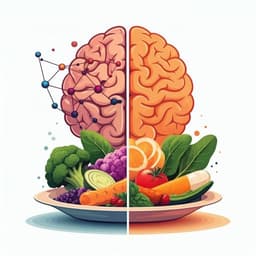
Health and Fitness
Evidence for protein leverage in a general population sample of children and adolescents
C. Saner, A. M. Senior, et al.
This groundbreaking study by Christoph Saner and colleagues explores the protein leverage hypothesis in children and adolescents, revealing an intriguing inverse relationship between protein intake and total energy intake. It highlights how children maintain energy balance despite lower protein diets, offering fascinating insights into nutrition and obesity prevention in youth.
~3 min • Beginner • English
Related Publications
Explore these studies to deepen your understanding of the subject.







